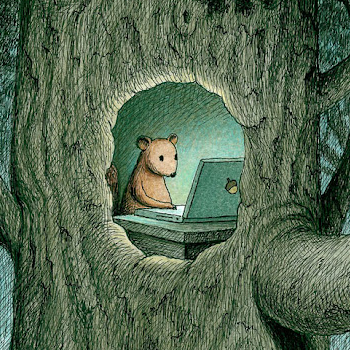If carbon 12, 13 and 14 are different forms of carbon, what is the 'original' form of carbon?
2 Answers
The original form of carbon is the carbon with six massive, positively charged, nuclear particles....
Explanation:
By definition, a nuclide that contains 6 massive, positively-charged particles, 6 nuclear protons, is a CARBON atom, i.e.
The number of neutrons gives rise to the phenomenon of isotopes. We could use carbon as an example. We write
The atomic mass you see quoted on the Periodic Table is the weighted average of naturally occurring isotopes. As
For a reason to be described below, physicusts use "primordial" rather than "original" here. The primordial isotopes of carbon are carbon-12 and carbon-13.
Explanation:
Most of the elements we see today, including carbon, were formed from lighter elements whose nuclei were fused in stars. Thus there us no truly "original" carbon.
However, once carbon isotopes were formed, the ones that survived without decay were carbon-12 and carbon-13 -- the only stable isotopes. These are thus the (likely) primordial isotopes of carbon, formed billions of years ago in stars before being incorporated into our world.
Carbon-14 is not such a primordial isotope. It cannot last long enough to be one, with a half-life of only about 5700 years. But it is continually produced by the action of cosmic rays in the upper reaches of our atmosphere (see here), and despite being only a very small quantity it can be detected through its radiation.


